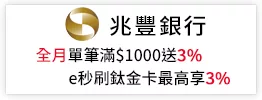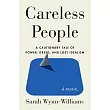This book addresses important aspects of MEMS designs that are well established in engineering practice but rarely discussed in the standard textbooks. One such aspect is the ubiquitous use of tapered beams in the sensing and actuation elements of MEMS designs. As explained in this book, the tapered beam has distinct advantages over the standard rectangular beam but these advantages are often left unarticulated due to the blind trust in the finite-element models of MEMS devices. In this monograph, the authors take a fundamental, physics-based approach to the modeling of tapered beams in MEMS that is based on a rigorous perturbation analysis of the traditional Euler-Bernoulli beam. The authors demonstrate how perturbation methods combined with symbolic modeling and the tools of computer algebra enable the development of semi-analytical models for tapered-beam MEMS elements. They pay particular attention to the application of these novel models to piezoelectric MEMS energy harvesters with tapered-beam elements, including the development of lumped-parameter circuit models that can be readily used for fast electro-mechanical simulations. Another important aspect of MEMS designs that is extensively addressed in the book is the uncertainty quantification (UQ) of tapered-beam MEMS elements using both Monte Carlo and polynomial chaos expansion methods. These UQ methods are applied to the design of variation-aware piezoelectric energy harvesters. With consistent focus on MEMS devices with tapered beam elements, this up-to-date monograph



 天天爆殺
天天爆殺  今日66折
今日66折 























 博客來
博客來 博客來
博客來 博客來
博客來 博客來
博客來 博客來
博客來